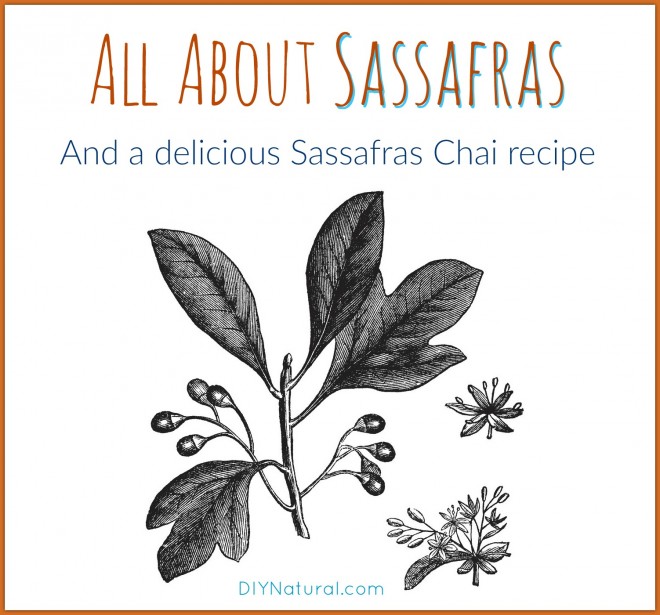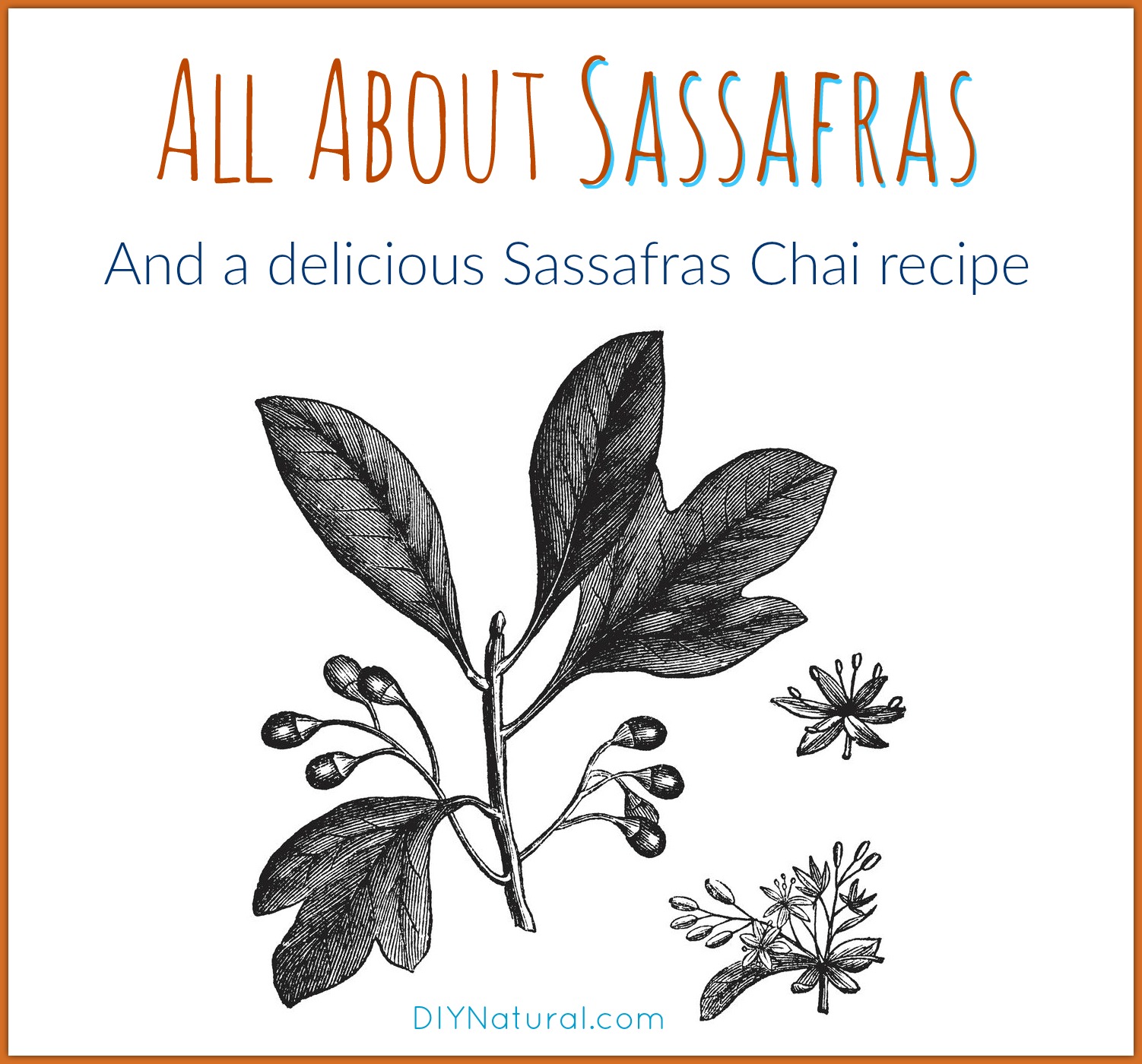
The first few frosts have passed us by here at our farm in Ohio and I am now occupied with digging roots for the long, cold winter. This past weekend I took my apprentice class out to harvest horseradish, echinacea, and sunchoke. There is something so satisfying about putting a fork in the earth and turning up big, fat roots as the cool wind tries to worm its way inside your jacket. I may love this particular kind of harvest even more than the flower season!
While we were digging I lamented that one of my favorite plants for this time of year does not grow on our property. I’ll have to head up to visit some of my husband’s family to get my sassafras (Sassafras albidum) supply. The late fall woods are filled with such strong scent, from the breaking down of walnut husks underfoot to the unearthing of the cinnamon-colored sassafras root.
Identifying and Harvesting Sassafras
Before the leaves drop it is easy to pick out the colonies of this tree. They are in a distinct, whimsical shape, waving at passersby with a left, a right, and a double-thumbed mitten. At this time of year, all that remains is their unique green bark that when scraped emits a cinnamon smell. To harvest the root, take a few paces out from the trunk of your chosen specimen and dig shallowly with a hand trowel. It doesn’t take much time to gather some of the outlying roots and doing it this way will prevent damage to the tree.
Clearing Up Concern About Sassafras
Sassafras used to supply one of the main flavor components in traditional root beer until a study done in the 1970s cast the plant in an unfavorable light. The plant has a very long history of use in the southern United States which posed a problem for the new belief that it was a deadly carcinogen. The troublesome compound within sassafras is safrole. Safrole is also found in nutmeg, anise, black pepper, and basil, yet somehow none of them have been banned from our food supply.
The truth lies somewhere in the middle. Safrole is a carcinogen. It is also not water soluble. This means that the average cup of sassafras tea is not likely to pose any more cancer risk than if you were to have a cup of orange juice, a tomato, or (interestingly enough) a cup of comfrey (Symphytum officinale) tea. (source)
Safrole is, however, soluble in alcohol. This means that a tincture made with any safrole-containing herb may appropriately cause concern. The essential oil of sassafras is absolutely unsafe for internal use, and has been removed from many shelves as simply not worth the risk.
Sassafras is traditionally used as a blood and liver cleanser. It can cause some folks to feel cooler as well. This is a really handy plant if you are living in the steamy south. Personally, I love the deep spicy flavor and it suits me to a tee as part of a chai blend to sip in front of the fire.
How you feel about sassafras remains a personal thing. It is still out there in the woods, ready for harvest. It is still sold in herb shops next to the equally dangerous nutmeg and anise. Approach them if you dare. If you enjoy the flavor and feel like a fresh cup of tea is a game you’d rather not play, you can buy culinary sassafras oil that has had the safrole removed. (Find it here.)
This oil is delicious splashed into your recipes for root beer, ice cream, tea, and cookies.
Basic Sassafras Chai Recipe
(makes one 8-oz. cup of chai)
Ingredients
- 1 cup cold water
- 1 stick of cinnamon (find organic cinnamon sticks here)
- 8 cloves (find organic whole cloves here)
- 8 cardamom pods (find organic cardamom pods here)
- 2 star anise (find organic star anise here)
- 3 black peppercorns (find organic black peppercorns here)
- 2 pink peppercorns (find organic pink peppercorns here)
- 1 tsp sassafras root bark (harvest your own, or find dried sassafras bark here)
- ⅔ cup frothed milk, optional
Directions
(Since the above ingredients only makes one serving, simply multiply the ingredients by the amount of servings you’d like to make.) Pour cold water over the ingredients in a saucepan. Cover with a lid. Bring to a boil. Reduce heat and simmer for 10-15 minutes, covered. Strain. At this point you can add about ⅔ cup frothed milk of your choice per cup of tea, or leave it out. Enjoy!
*******




Been following you for a while.
Is it sassafras bark or root in this recipe?
Not clear…which is odd for you, as you are one of the most clear ones out there.
Appreciate your website tremendously.
Hi Rachel,
Typically you’ll find bark of the root for sale, but truthfully you can use both the bark and the bark of the root interchangeably…. so it doesn’t really matter here. To my knowledge, I’ve never used the bark so I can’t really make a good comparison.
Wow, this sounds amazing! I could literally smell this aromatic tea as I read the ingredients. I can’t wait to try it asap! Since I’m lactose intolerant, I’ll have to omit or I wonder if my almond milk would make a good substitute? I just hope there’s no curdling. Thank you kindly for sharing your recipe. I love your site. Continued success to you all!
How much water is used for the boil/simmering of the spices? Given the 8 ounce serving size and the 2/3 cups of milk, I’m guessing 1/3 cup water – with maybe an extra splash to account for any absorption by the spices?
The tea above was formulated for one cup or (8 ounces) of water. The milk is an optional add-on. Sorry for the confusion!